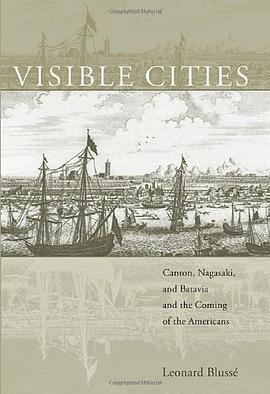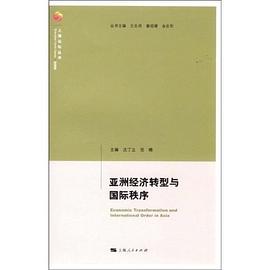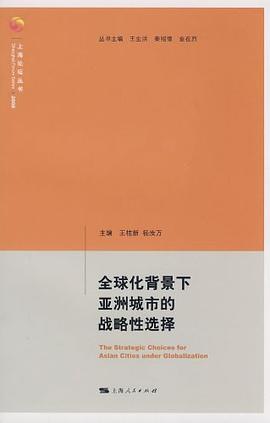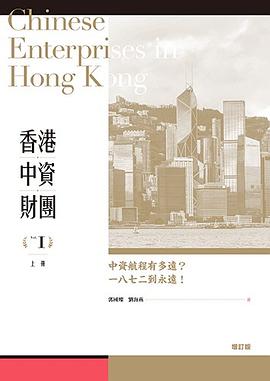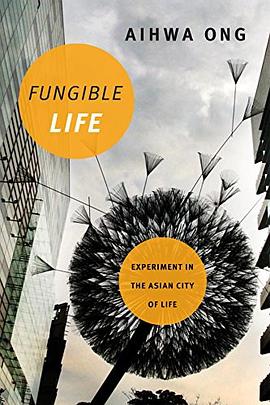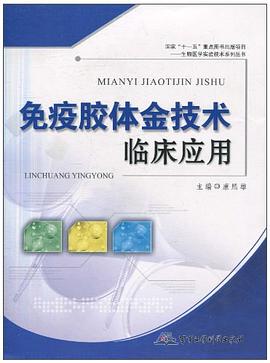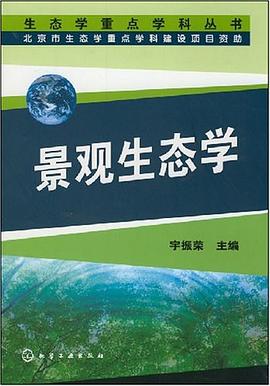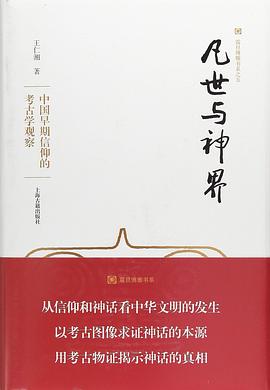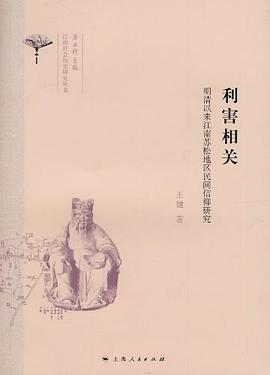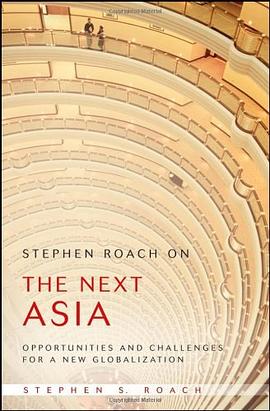

As Morgan Stanley's chief Asia specialist, getting Asia right is Stephen Roach's personal obsession, and this in-depth compilation represents more than 70 of Roach's key research efforts not just on Asia, but also on how the region fits into the broad context of increasingly globalized financial markets. The book argues that the "Asia factor" is not a static concept, but rather one that is constantly changing and evolving. Broken down into five parts–Asia's critical role in globalization; the coming rebalancing of the Chinese economy; a new pan-regional framework for integration and competition; and a frank discussion of the biggest risk to this remarkable transformation–this book will help readers understand and profit from the world's most dynamic region.
Stephen S. Roach on New Imperatives for The Next Asia In a growth-starved, post-crisis world, many have presumed that the baton of global economic leadership has already been handed off from the West to the East. The onset of the Asian Century is taken as a given. While such an outcome is entirely possible, I argue in The Next Asia that it hasn’t happened yet. A silver lining of the Great Recession of 2008-09 is that this transition may actually occur sooner rather than later – yet more by necessity than by design. The enthusiasm over Asia is certainly understandable on one key level: On the surface, there can be no mistaking the sheer power of the Asian growth miracle. The broad collection of economies that comprise Developing Asia expanded at an 8.3% average annual growth rate over the 2001-08 period – basically three times the 2.8% average growth pace of the rest of the global economy. Putting it another way, the extraordinary dynamism of Developing Asia added about 1.2 percentage points extra to annualized global growth over the past eight years. But here’s the critical catch: Over this same period, Asia has continued to direct an increasing portion of its production to others. The export share of Developing Asia’s GDP rose from 35% to 45% over the past decade, whereas the share going to internal private consumption fell to a record low of 45% of pan-regional GDP in 2008. As such, the region does not satisfy the most basic pre-condition of autonomous economic leadership – an economy where production support is dependent increasingly on home markets rather than on external demand. In short, these are not the footprints of a new autonomous engine of global growth. As the shifting mix of Developing Asia’s GDP indicates, the region’s growth premium has been driven more by exports – and by the ancillary support of export-led fixed investment in infrastructure and export-producing capacity – than by internal private consumption. For now, the dreams of Asian-led global leadership are wishful thinking. Developing Asia is still more of a follower than a leader. Validation of this critical deduction comes from the unmistakable repercussions of the current global crisis. In the aftermath of a U.S.-led synchronous downturn in the developed world, every Asian economy either went immediately into recession or experienced a sharp slowdown. Asia’s ever-rising external connectivity made such an outcome inevitable. The Asia consumer – despite all the hype – wasn’t nearly strong enough to forestall this outcome. The starting point for The Next Asia is that the region’s hyper growth currently is still much more a function of external than internal demand. This is a simple, but very powerful observation. It not only offers a window into the region’s vulnerability to the massive external shock that has just hit but it also provides a diagnosis of the staying power of any recovery. But most important of all, it lays bare the recipe for an Asia that can finally stand on its own – an autonomy that can only be realized by drawing support from its own vast population of 3.5 billion people. This is the essence of The Next Asia – the daunting transition from an externally-dependent growth model to one that derives increasing support from internal private consumption. I remain optimistic that Asia is very much headed in this exciting direction. It’s just a question of when – not if. But, most assuredly, in my opinion, the “when” is not now. As is the case for almost all the opportunities of The Next Asia , the key to this transition undoubtedly lies in China. There has, of course, been considerable debate over what it will take to spur a consumer-led growth impetus in China – ultimately the key driver of The Next Asia . There is no silver bullet. Rural income support is undoubtedly critical – especially for a nation that continues to have close to 60% of its vast population residing in the countryside. So, too, is the need to develop a consumer-products industry, together with a wholesale and retail distribution and service and infrastructure. But, in my view, the main impediment to Chinese consumption remains excessive levels of precautionary saving. Recent estimates by Cornell University economist, Eswar Prasad put China’s household saving rate at 37.5% in 2008 – up a stunning ten percentage points from the 27.5% reading recorded as recently as 2000. Chinese consumers remain very much predisposed toward saving. Until that changes – a transition that can only be enabled by the funding of a modern social safety net (social security, private pensions, medical and unemployment insurance) – China’s macro imbalances can only worsen. That would make it all the harder to stay the course of sustainable growth and development. Consequently, the time is ripe for China to move aggressively in building a modern social safety set as a key pillar of a pro-consumption macro rebalancing strategy. The benefits would be enormous. Not only would China better insulate itself from future external demand shocks, but also a reduction of excess personal saving would go a long way in cutting China’s current account and trade surpluses – thereby soothing potential trade frictions and tempering protectionist risks. Moreover, the resulting shift in the mix of the economy away from industrial production-led export and investment to more of a services-based consumption dynamic would go a long way in lowering the energy and natural resources content of Chinese GDP. That, in turn, would lead to a lighter, cleaner strain of Chinese output – extremely helpful for the nation’s daunting pollution abatement and environmental remediation objectives. Yes, Asia’s economies now appear to be rebounding. But there are serious questions over the quality of the recovery – raising concerns that the upturn that could very well be heralding a false dawn. That’s because it is being driven largely by an unprecedentedly vigorous bank-funded investment boom in China. On the heels of RMB 7 trillion in new bank lending in the first half of 2009 – by far, the sharpest six month burst of Chinese loan growth on record – surging fixed asset investment accounted for fully 88% of China’s total GDP growth in the first two quarters of the year. That’s more than double the 43% average growth contribution made by this sector over the previous decade and enough to take the investment share of Chinese GDP to over 45% – an unheard of investment ratio for any major economy in the modern era. To the extent that Asia has now become a China-centric growth machine – a transformation that can be validated by a sharply increased China focus to intra-regional trade flows – the sustainability of the Chinese recovery holds the key to recovery prospects for the region as a whole. This is where the imperatives of The Next Asia come into play. Given the unbalanced character of the Chinese economy – together with the lopsided nature of it post-crisis rebound in the first half of 2009 – serious questions remain regarding the staying power of the region’s newfound recovery. Two and a half years ago, Chinese Premier Wen Jiabao unwittingly wrote the script for The Next Asia . He warned that while China’s economy looked strong on the surface, beneath the surface it was increasingly “unstable, unbalanced, uncoordinated and ultimately unsustainable.” These “four uns,” as they were eventually to become known, can be effectively addressed only if China – and the rest of Asia – embraces a new mantra of consumer-led growth. The Great Recession of 2008-09 underscores a new urgency to this challenge. It is Asia’s wake-up call that the old ways of export-led growth have just about outlived their useful existence. Asia has long been the world’s most exciting growth story. But if its 3.5 billion consumers now play an increasingly greater role in shaping the region’s economic development, the excitement will take on an entirely new dimension. The Old Asia was always limited in its capacity as an engine of global growth. Not so with The Next Asia and its potential to culminate in the long awaited flourishing of the Asian Century. - Stephen S. Roach
具體描述
讀後感
評分
評分
評分
評分
用戶評價
簡短有力,代錶白人看法
评分簡短有力,代錶白人看法
评分簡短有力,代錶白人看法
评分簡短有力,代錶白人看法
评分簡短有力,代錶白人看法
相關圖書
本站所有內容均為互聯網搜索引擎提供的公開搜索信息,本站不存儲任何數據與內容,任何內容與數據均與本站無關,如有需要請聯繫相關搜索引擎包括但不限於百度,google,bing,sogou 等
© 2025 qciss.net All Rights Reserved. 小哈圖書下載中心 版权所有

